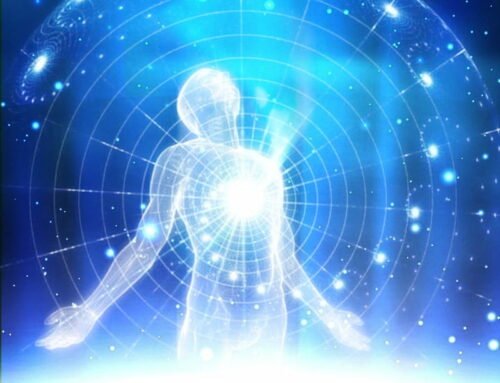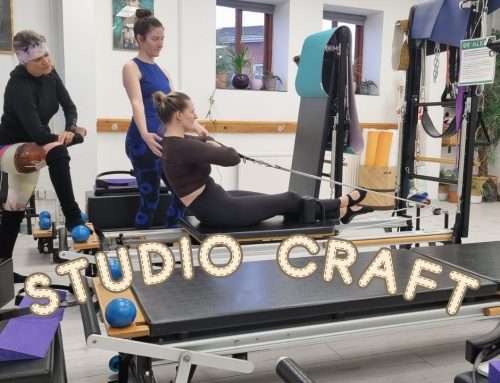Drastic inactivity eventually leads to a 30% higher mortality rate for men and double the mortality rate for women. In today’s world, seniors remain active and vital beyond the age of sixty-five, leading to a drastic increase in life span. The more activity you add to your daily lifestyle, the better your body will respond to daily wear and tear. If you go from a short jog to running multiple miles, there is a good chance that your health will increase. Your heart, brain, circulatory system, blood fats and sugar needs movement to pump and oscillate. In a middle aged individual, doing exercise reduces the risk of chronic illness – exercise improves life at every level. In very old people, eighty and above, weight training for a few minutes with minimum effort (usually only five pound weights) can double or triple muscle tone. The focus is not how much weight you can lift or how fast you can run, it’s about changing your movement behaviour and patterns in order to constantly build new myelin pathways in the brain.
To investigate a possible genetic link between physical activity and body fat, Lund University in Sweden looked at the effect of physical activity on gene modifications in fat cells. The researchers found that exercise led to epigenetic shifts in gene activity via methyl marks that effect fat storage. They looked at the genomes of fat cells in twenty-three healthy men aged thirty-five before and after attending aerobic classes twice a week for six months. They found that exercise led to epigenetic changes in 7000 genes, many of which led to genome wide changes in DNA methylation of fat cells, shifting activity to enhance cell metabolism.

Demethylation can remove methyl groups if they are properly exposed to histamines, which work in hand with DNA in epigenetic modification by either exposing it to epigenetic marks or burying it in essence, the switch is either made available or not.
With exercise, methylation patterns change, some genes are silenced by methyl marks and others are unsileneced by demethylation. These are complex changes in which the genes are turned on and off (down regulated) for pro inflammatory genes, while anti-inflammatory genes are switched on (unregulated). No doubt the mounting evidence about lifestyle change will expand the anti inflammation story across the entire mind body system.
Studies show that obesity goes back to childhood and adolescent experiences; methylation may have been imprinted via bad habits and through over eating years later. There is also evidence that epigenetics get passed on from obese parents to their children.
With regards to gut microbiome, there are few studies connecting it directly with exercise. One intriguing finding comes from Ireland, where a team of University College Cork compared 40 professional rugby players with a control group of healthy adults. The athletes were at a preseason training camp, which is a controlled environment where they all played together. The investigators looked at the blood markers for inflammation that were also connected to immunity and metabolism.
It turns out that the athletes had a much more diverse microbiome. They also improved over the control group in regards to markers for inflammation, immune response and metabolism. Although some improvement would definitely be due to diet, the response from exercise to improved gut microbes definitely works.
When we talk about exercise, I talk about movement. If you’re not a person who likes any sort of exercise or sport, then get walking. The best exercise to do is the one that you will stick with. The good news is that the more you keep your body moving, the more you’ll want to move. Physical activity becomes a habit you adapt to rather quickly, not to mention that it creates new pathways in the brain. Modern life has made exercise either a blessing or a curse. The blessing is that we no longer have to behave like slaves to backbreaking physical labour.
Given the choice most of us would do the following:
- Sit still instead of moving around
- Have pleasurable distractions (TV, video, internet, games) instead of playing sport
- Do mental work instead of physical work
- Let machines, not muscles, perform physical tasks
- Letting children spend more time on computers instead of playing outside

These are modern choices. Unfortunately the trend has stopped moving in a healthy direction. The drawbacks of a sedentary lifestyle are increased obesity and type II diabetes. Exercise will help to avoid certain cancer and improve mental health. Because we are no longer hunter-gatherers there is almost no effort left. Therefore no matter how often we hear the drum beat of diet and exercise, good intentions outweigh actions. If you are used to exercising you will experience a good tired. For someone who is not in the habit of exercising, you will fatigue quicker and get sorer muscles. The body of someone who does not exercise is habituated to sitting still; the ill effects are mostly long term. It can take years before the reality of heart disease, type II diabetes and excessive weight actually begins to dawn.
Our goal is to find easy steps. So it’s better to walk up a flight of stairs rather than take the escalator. Again it comes back to our choices:
- Easy choice
- Harder choices
- Experimental choices
Easy choices
- Get up and move around once an hour
- When taking the elevator, take the stairs to the second level
- Do your own housework instead of using a cleaner
- Take a brisk walk after dinner
- Choose the farthest corner of the parking lot
- If you already walk your dog every day, make it longer and brisker
- If the destination is less than half a mile, walk instead of drive
- Buy an exercise step and use it for 15 minutes daily as you watch TV or listen to music
- Take up gardening or golf, or similar activities you enjoy
- Set aside 5-10 minutes a day for calisthenics
- Do more than half your chores around the house
- Work with light weights as you watch TV
Harder choices
- Acquire more active friends and join them in their activities
- Devote half your lunch hour to exercise
- If you take the children to the park, play with them instead of watching
- When using an elevator, take the stairs to the third floor or fourth floor
- Plan a hard exercise activity with your partner or spouse twice a week
- Resume a sport that you loved to do at school
- Do 5-10 minutes of calisthenics twice a week
- Walk for a total of three hours a week
- Do all your own hard work
- Volunteer to help the needy with house cleaning, painting and repairs
- Take hikes every weekend in the good weather
- Use a trainer at the gym
Experimental choices
- Join an exercise class
- Take up yoga
- Lead a hiking group
- Train for a competitive sport and keep at it
- Find a regular exercise buddy
- Take up tennis
A single activity that incorporates the mind and body is hatha yoga. The flow of life energy (Prana) that is regulated by the breath can be trained in exquisitely precise ways. The flow of life energy connected directly to the mind (Shakti) is even more precise and exact. It’s taught that a single syllable in mantra has influences on the mind and body throughout the entire environment.
Hatha yoga improves body awareness, gets you back into physicality, sharpens your focus and tones your muscles at the same time.
Bibliography
‘Super Genes’ – Rudolph Tanzi & Deepak Chopra






